In the US residential kitchen renovation and decoration market, although the kitchen drainage system is a relatively segmented component, its functionality, safety, ease of maintenance, and aesthetic needs are increasingly valued. This article is titled "Complete Guide to Kitchen Drain Procurement". It provides a detailed interpretation across several dimensions, including market data, key procurement elements, dimensions and specifications (in inches), material selection recommendations, installation/maintenance considerations, and industry opportunities. It aims to assist hardware accessory manufacturers, B2B customizers, and architects/decorators in expanding their product or service boundaries beyond kitchen storage systems.
1. Market Overview and Trend Data
The global kitchen sink drain market has grown steadily over the past few years. According to WiseGuy Reports, the estimated global Sink Drain market size for 2023 is USD 4.41 billion, and it is expected to reach USD 5.8 billion by 2032. (Source: wiseguyreports.com)
In the North American kitchen sink and accessory market, the estimated value of the North American "sink" market (including kitchen and bathroom sinks) in 2024 is approximately USD 12.83 billion, and it is expected to reach USD 19.73 billion by 2034, with a compound annual growth rate of roughly 4.4%. (Source: expertmarketresearch.com)
In the overall kitchen renovation market, according to data released by Fotile Global, the average cost and material requirements for kitchen renovations in the United States are high: most large kitchen renovations may cost up to USD 60000. (Source: fotilegolobal.com)
Although specific US exclusive data for "Kitchen Drain" is rare, it can be inferred from the above market size and kitchen renovation expenditure growth that drainage system products will grow with the overall trend of kitchen upgrading.
From the above, it can be seen that:
Although kitchen drainage components are relatively small, their market opportunities cannot be ignored amid the overall trend of kitchen upgrading.
As a supplier of hardware accessories or customized storage systems, focusing on kitchen drainage accessories (Drain Assembly, Strainer, drainage fittings, etc.) can be an essential link for expanding product lines and enhancing the overall integrity of kitchen solutions.
2. What is Kitchen Drain? Key elements to pay attention to in procurement
Kitchen Drain typically includes a strainer basket, drain assembly, P-Trap/S-Trap, Overflow Outlets, and matching seals. The following key elements should be considered during procurement:
2.1 Drain Opening Size
In American standard kitchen sinks, drainage openings are commonly 3-1/2 inches (3.5 inches) or 4 inches. When selecting drainage components, they must match the sink opening size.
For example, the product often indicates "3-1/2 in Basket Strainer", which is suitable for sinks with an opening of about 3.5 inches.
If the sink is large or has double sinks, the opening may be larger, and the corresponding specifications should be selected.
2.2 Material and Durability
When the drainage system is in a wet environment and is exposed to food residue, chemical cleaning agents, hot water impact, etc., corrosion-resistant materials such as stainless steel (e.g., 304 or 316 grade), brass with chrome plating, or high-performance plastics should be preferred. High durability and minimal maintenance are additional items.
At the same time, the sealing ring (O-ring), nut connection parts, etc., should also have corrosion- and wear-resistant characteristics.
2.3 Compatible with Garbage Disposal
Modern kitchens are often equipped with garbage disposers, so drainage components must be compatible with them. For example, drainage components or options with "Garbage Disposal Compatible". When purchasing, confirm whether the adapter, threaded connection, and processor inlet are compatible.
2.4 Installation method and maintenance convenience
Choose designs that are easy to install, have fewer nuts/buckles, and are easy to disassemble and clean. For example, the detachable Strainer Basket or Stopper design is beneficial for users to self-clean and reduce after-sales maintenance.
For example, a product description is: "Removable deep basket... easy to clean."
2.5 Beautiful and matching overall kitchen style
Although it is a functional component, modern kitchens value overall visual coordination. The exposed parts of drainage components (such as grate covers and water stop plugs) should have a good surface finish (polished, stainless steel wire drawing, black matte, etc.) and be matched to kitchen sinks, countertops, and hardware.
For example, black or strongly designed Strainer Baskets.
3. Procurement specifications and size recommendations (in accordance with European and American market practices, using inches)
The following are the size specifications (in inches) that should be referred to during procurement and design:
Drain Opening of Sink: Standard 3 1/2 in (≈ 3.5 in) is the most common; larger sizes, such as 4 in or larger, are also available.
Strainer Basket Diameter: usually slightly smaller than the opening, as indicated by the label "3-1/2 in Basket Strainer" for a 3.5-inch opening.
Tail Piece/Outlet Pipe diameter: In American kitchens, it is generally 1-1/2 inches (1.5 inches) or 2 inches. When selecting drainage components, please confirm the downstream pipe diameter. For example, the product label reads "1-1/2 in Dia. Brass J-Bend".
Installation and cleaning space suggestions: To facilitate disassembly or cleaning of the grate, leave at least 2-3 inches of clearance around it to avoid affecting its operation.
The height of the exposed edge of the water stop plug or grate should be within ¼ inch below the edge of the table to ensure smooth water flow and a consistent appearance.
Compatible with garbage disposal models: If a garbage disposal device is installed, a tail pipe of at least 6-8 inches should be reserved for downstream drainage components to connect to the processor.
By clarifying these size specifications, the procurement and installation process becomes smoother, reducing rework caused by non-compliance.

4. Material selection suggestions and trend highlights
Material selection suggestions
Stainless steel 304/316 grade: corrosion-resistant, high temperature resistant, classic appearance. Suitable for mainstream kitchens.
Brass chrome plating: suitable for high-end kitchen design, with a firm metallic texture and long installation life.
High-density plastics (such as Polypropylene or ABS) are commonly used as cost alternatives but are recommended for secondary dry areas or budget-limited projects. For example, the product "White Plastic Slip Joint Sink Drain Outlet".
The material of the water stop plug and grate should have the characteristics of easy disassembly, heat resistance, and resistance to scale. The deep basket design helps prevent residue from clogging. For example, 'Removable deep basket pre-event debt from cloning drain pipe'.
Trend Highlights
Accessory integration: More and more drainage component manufacturers are integrating Strainer Baskets, Tail Piece, Slip Joint Nut, and other accessories into "One Kit" shipments to simplify installation.
Decoration and customization: Black, matte, stainless-steel brushed surfaces, and even copper-colored storage items have become part of the kitchen design style.
Sustainability and hygiene concerns: Kitchen drainage components need to adapt to increasingly frequent cleaning and antibacterial needs. There are also "anti-fouling" and "quick disassembly and cleaning" functions on the market.
Adapting to the trend of innovative kitchens, such as garbage processors, interfaces for food waste shredders, and increasingly common innovative sink accessories. Attention should be paid to the "Garbage Disposal Compatible" statement during procurement.
5. Conclusion
The kitchen drainage system may seem like a tiny component, but it embodies the intersection of functionality, safety, experience, and design aesthetics. The kitchen renovation boom in the US market and the growth trend of the kitchen accessories market provide stable growth opportunities for this type of product. As a hardware or storage system manufacturer, incorporating Kitchen Drain into our strategic vision and providing clear, professional guidance to customers on size, material, installation, and maintenance will help enhance our brand competitiveness and expand our product portfolio. I hope the "Kitchen Drain Procurement Complete Guide" in this article serves as a reference and source of inspiration for your layout in the US, European, and American markets.

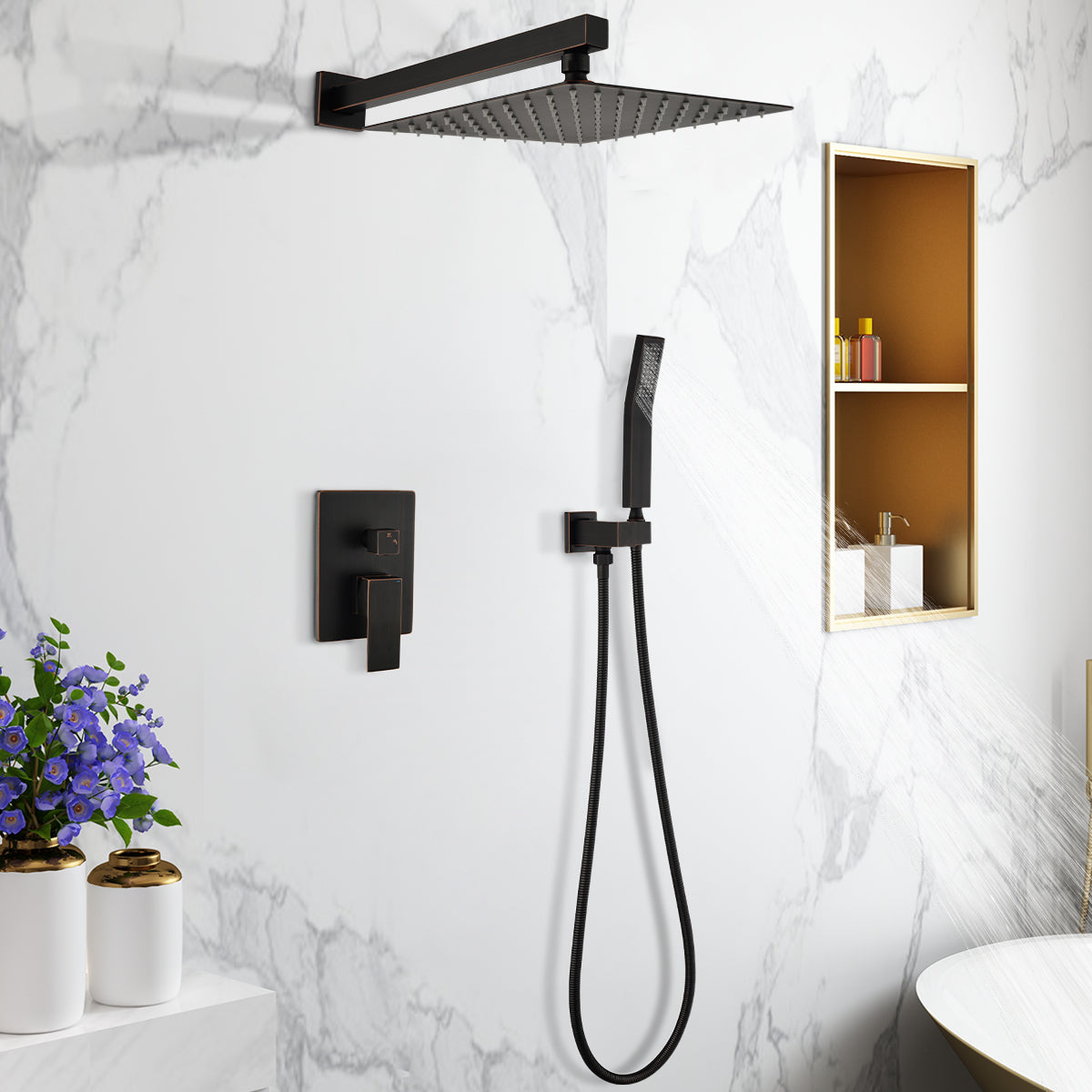






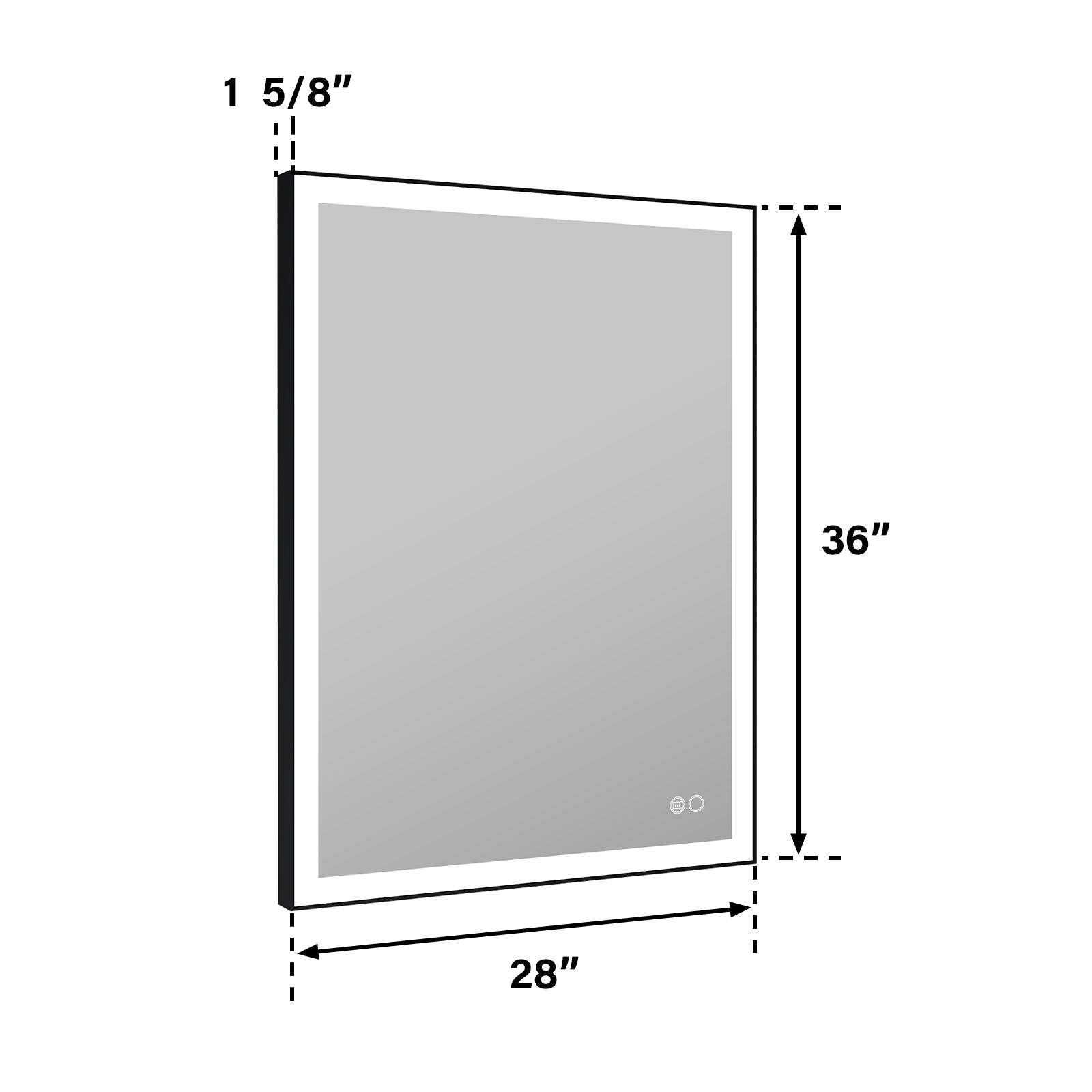


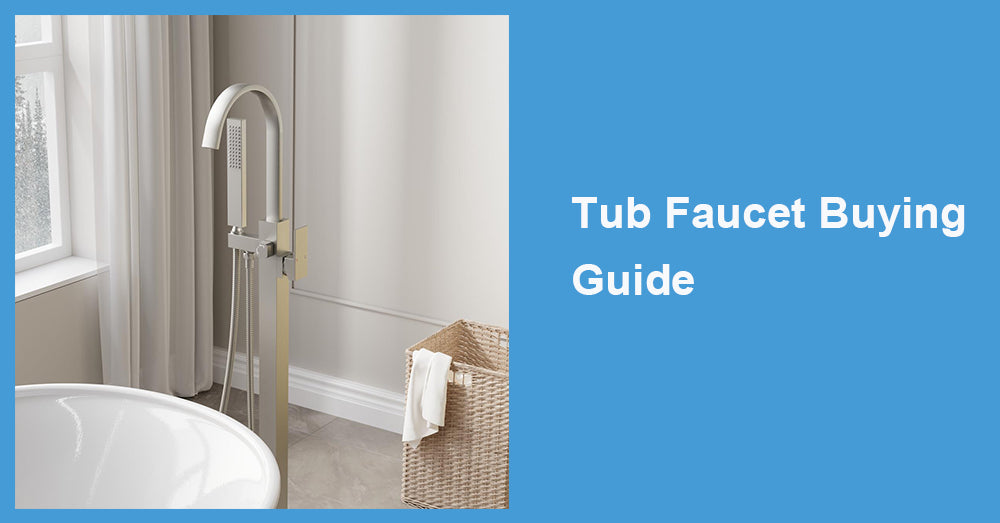
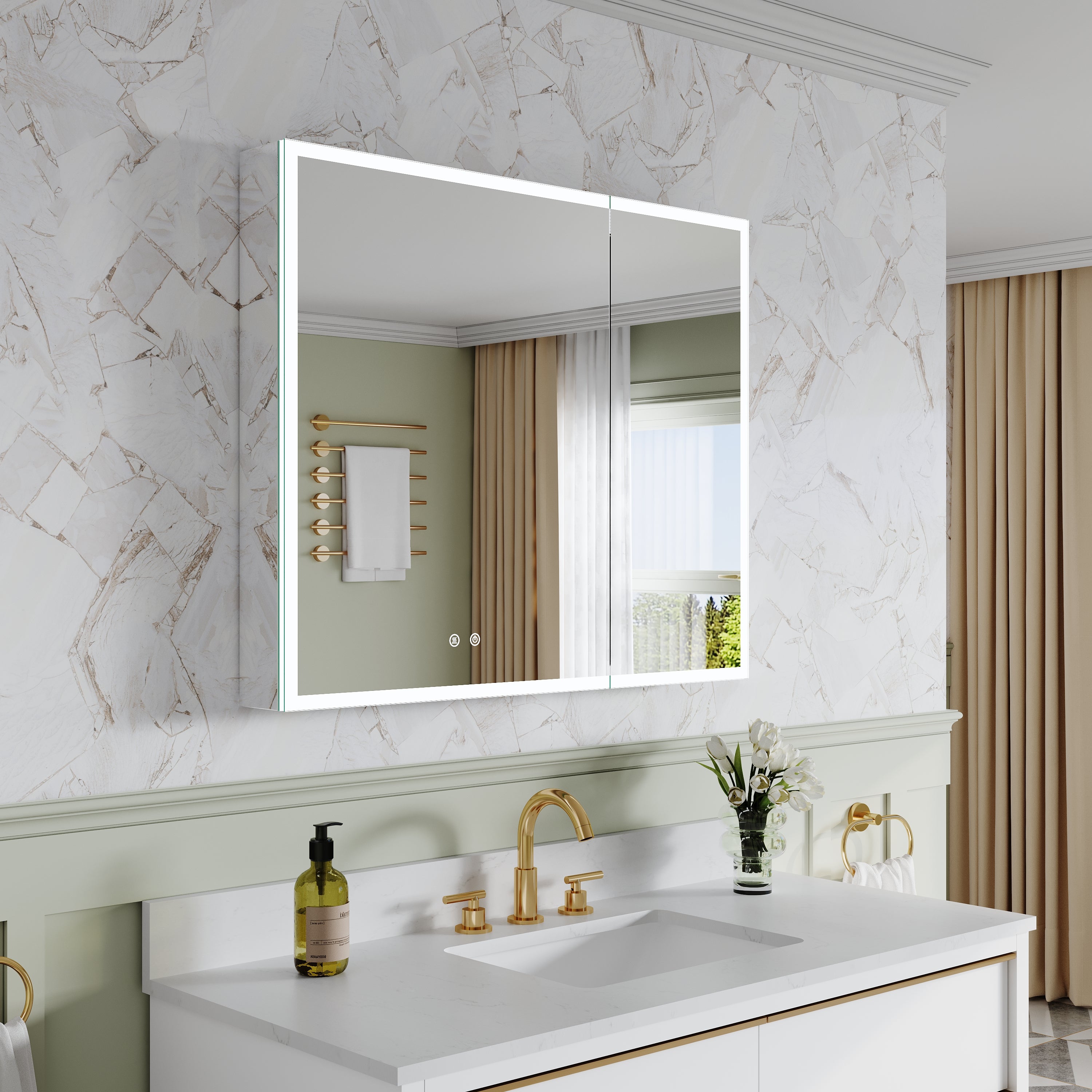
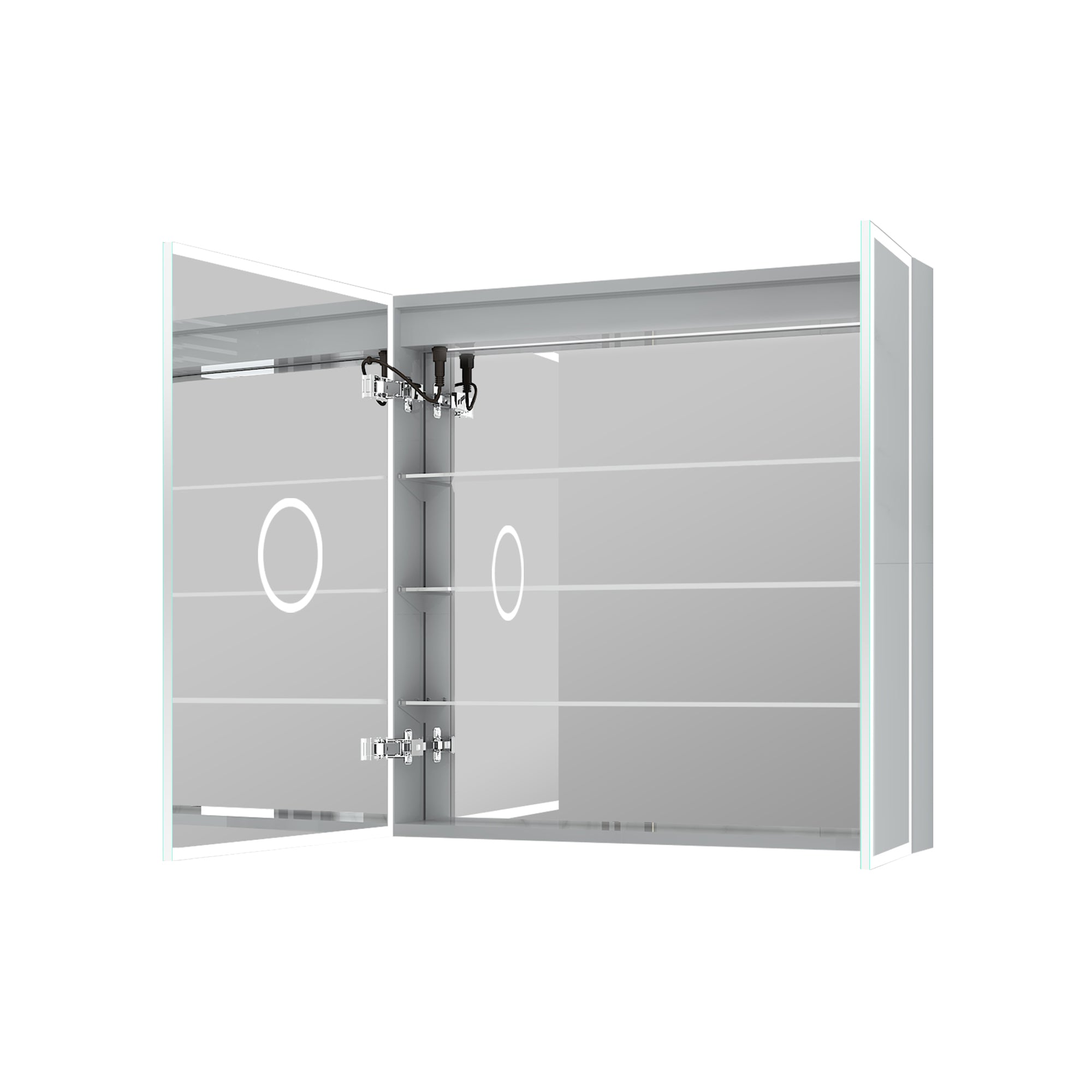
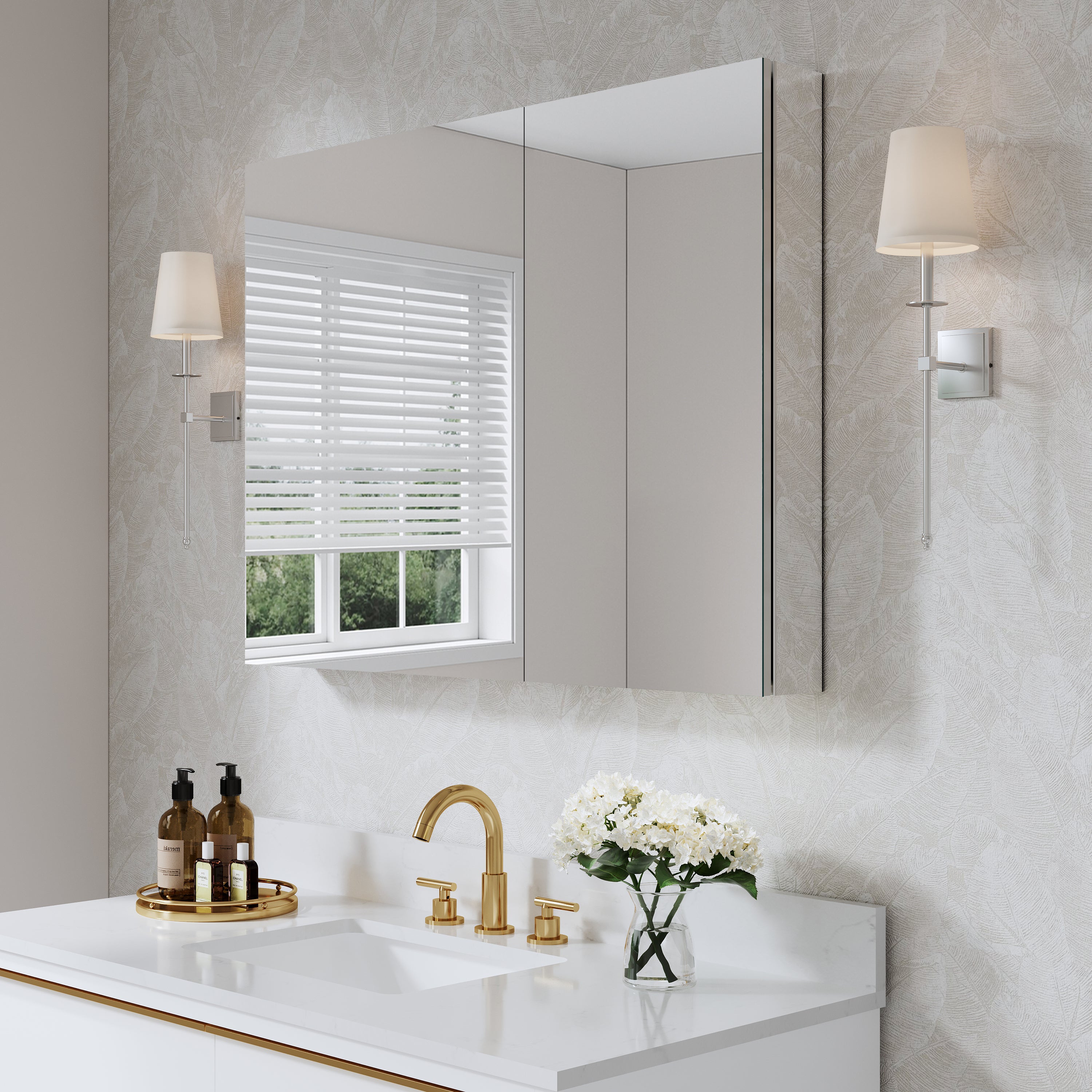

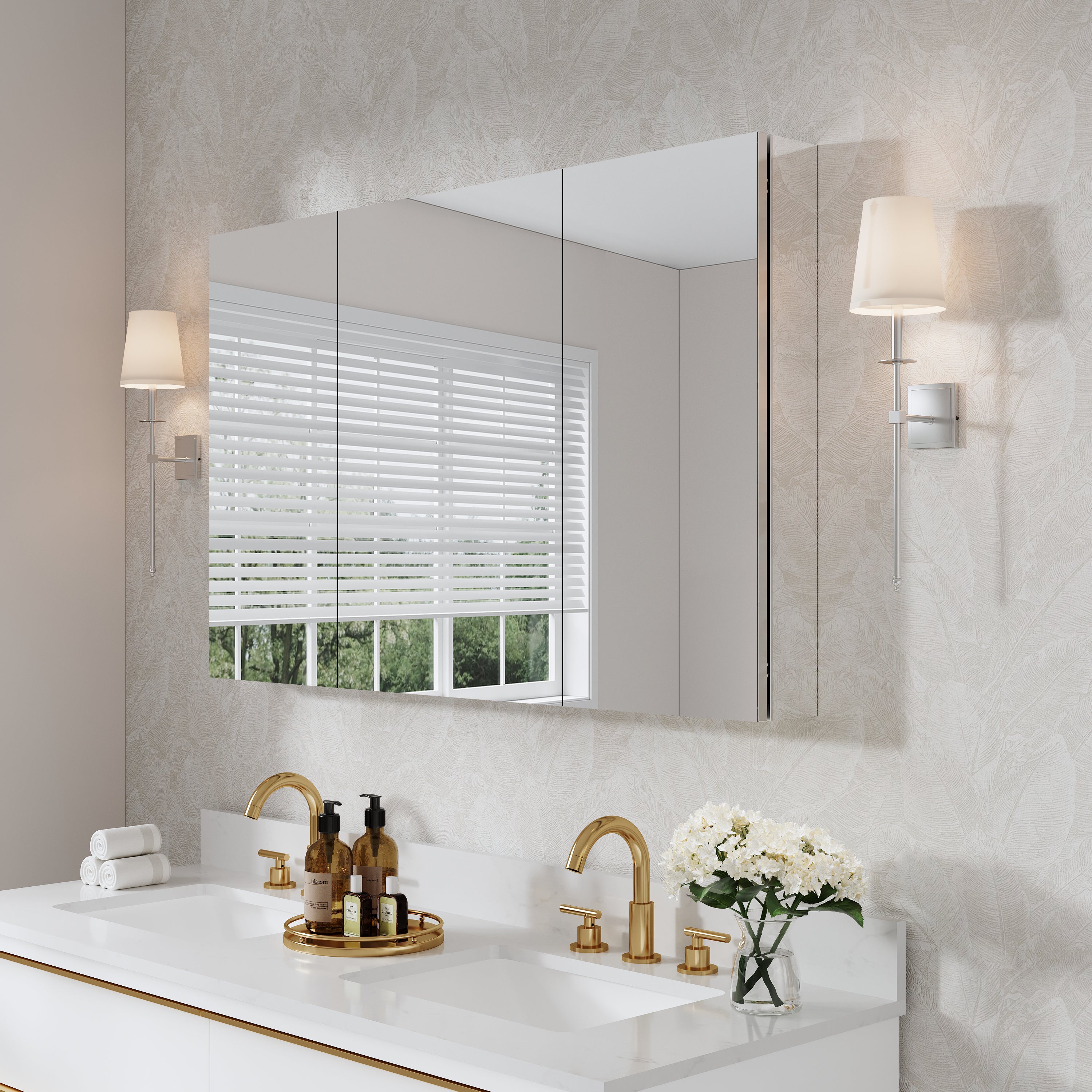
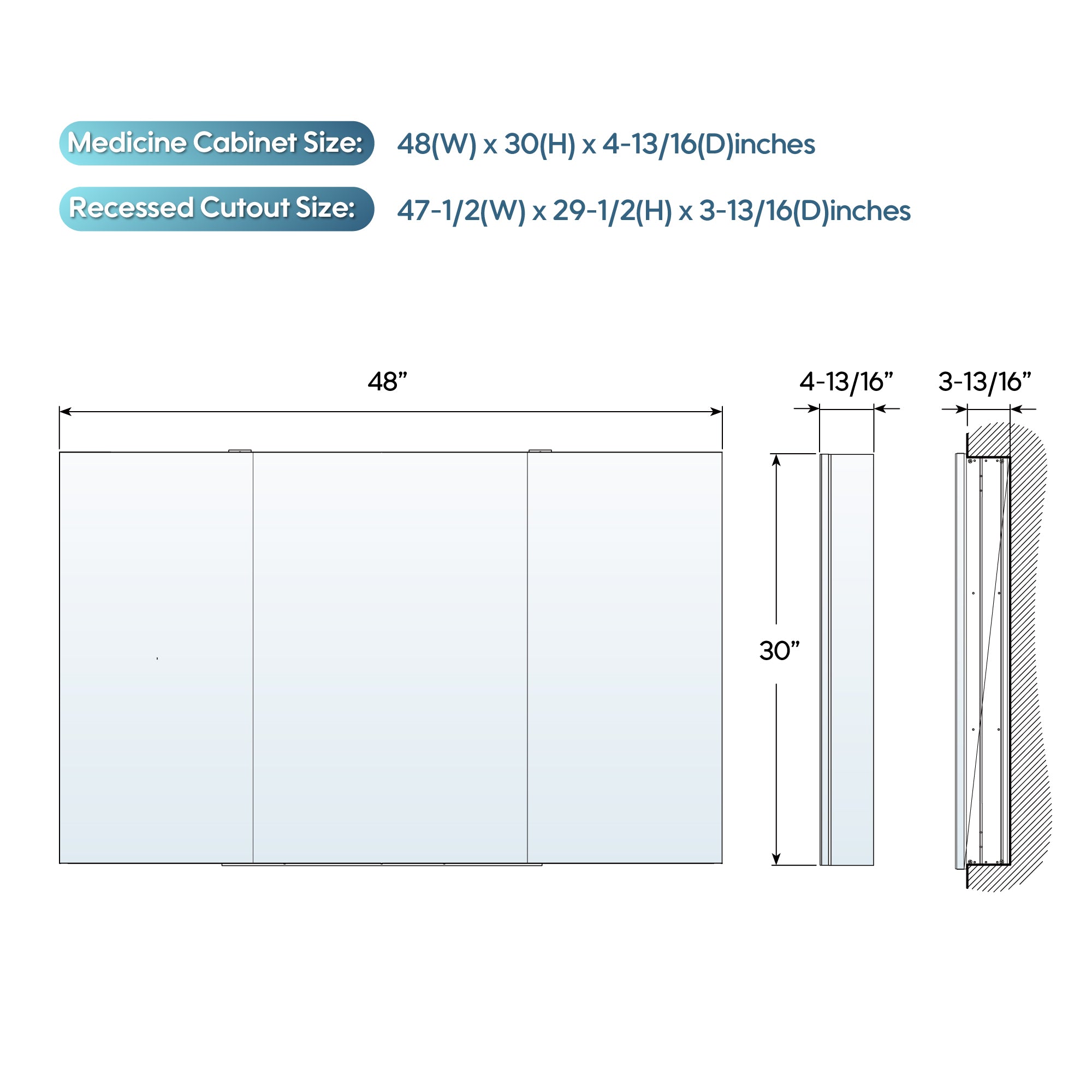

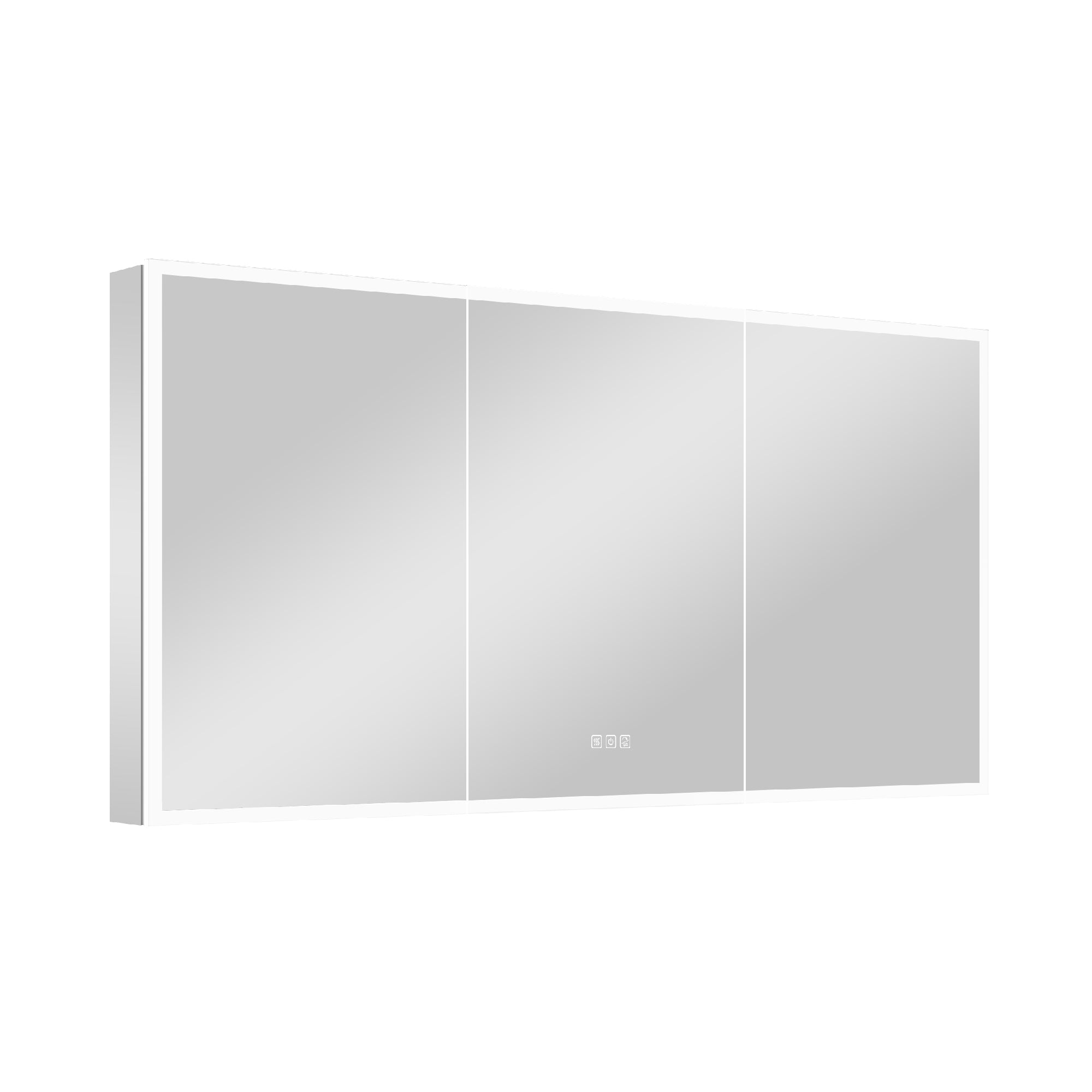
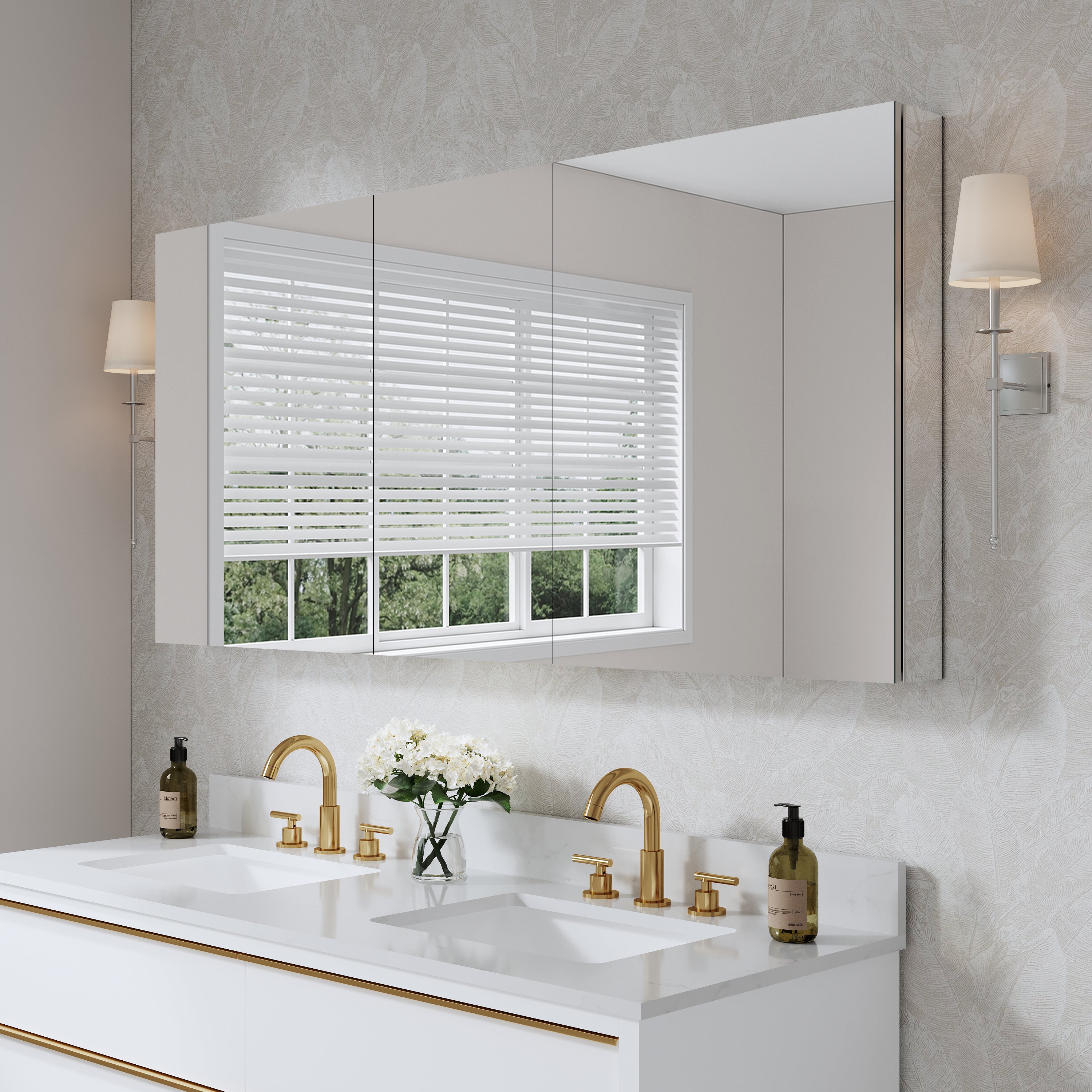




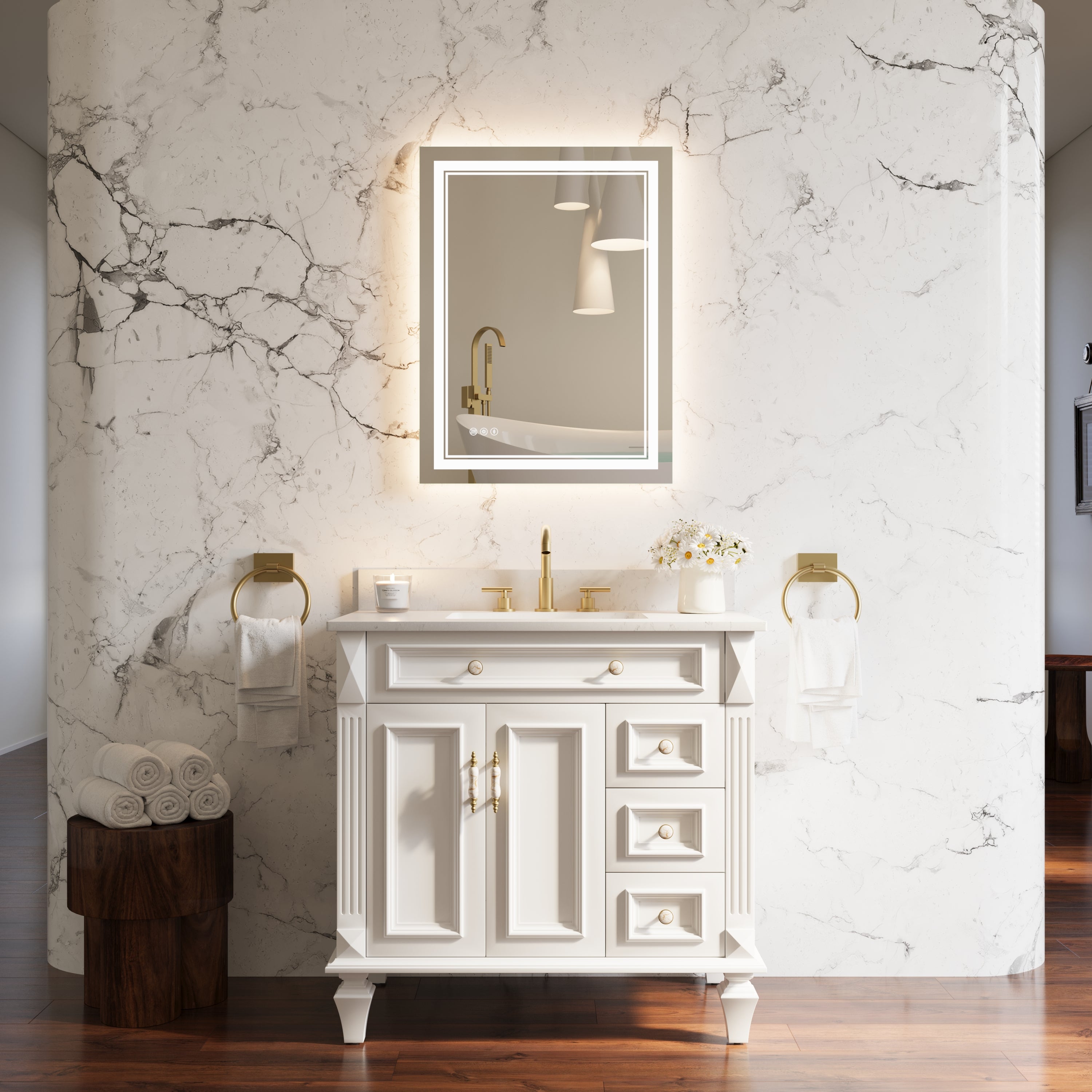
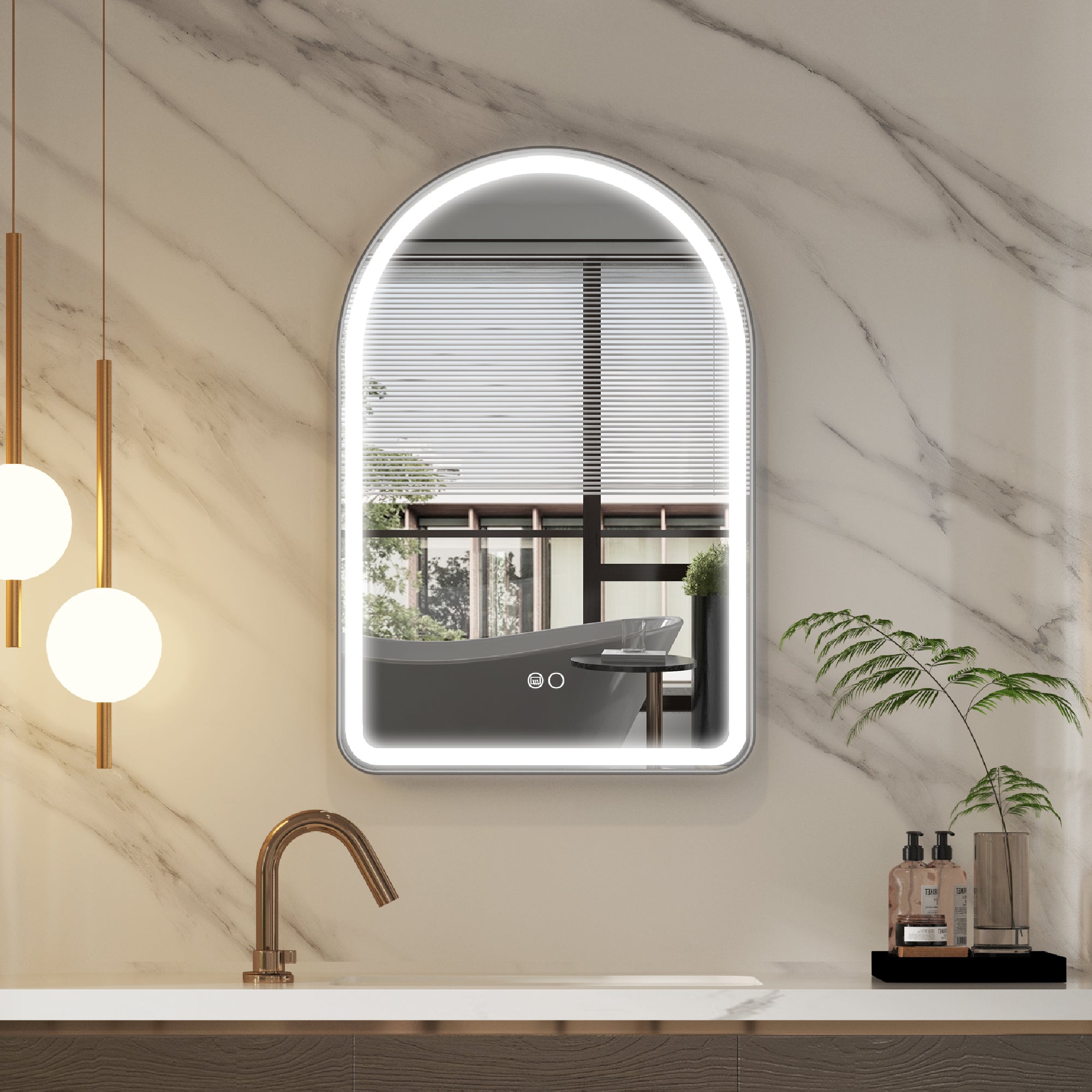
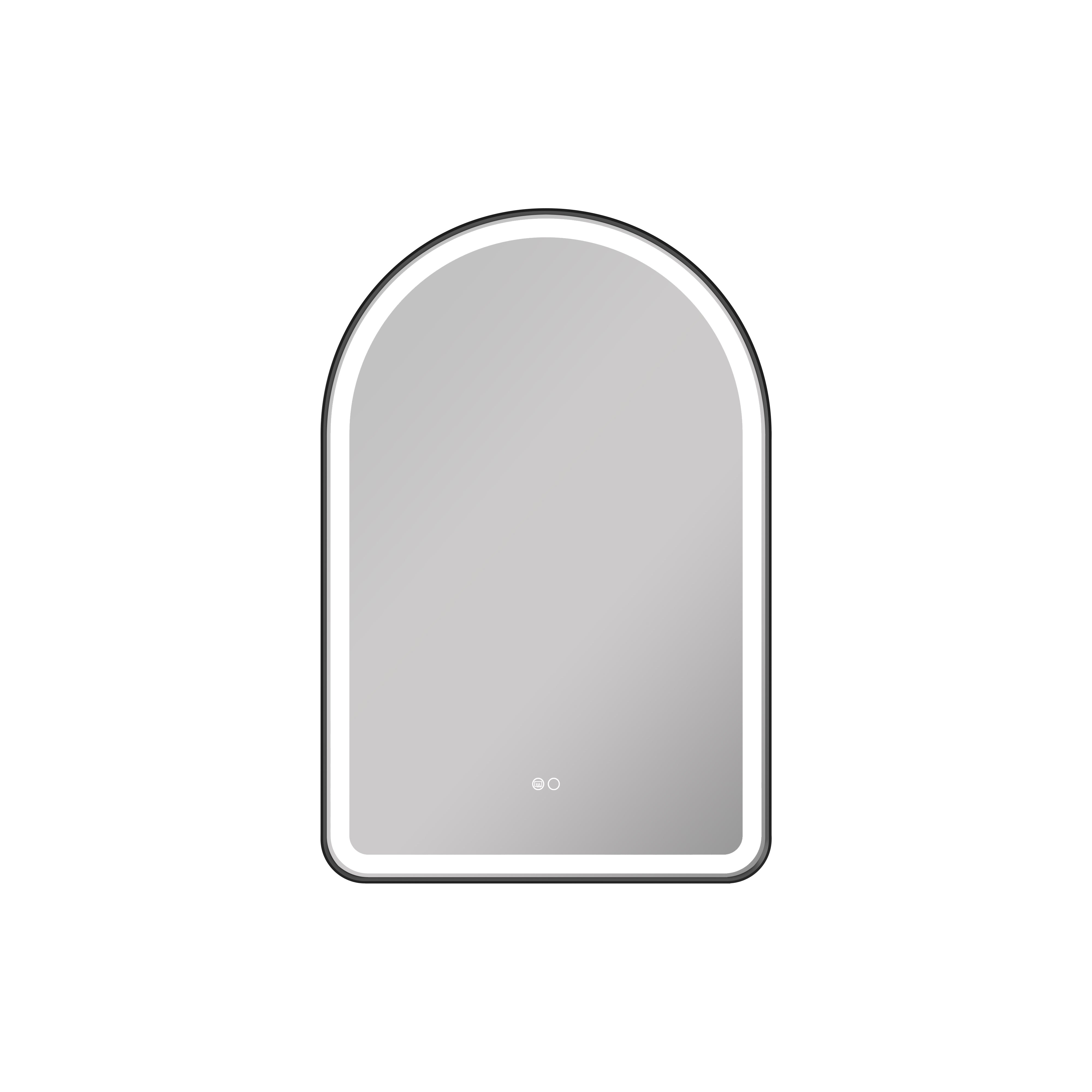

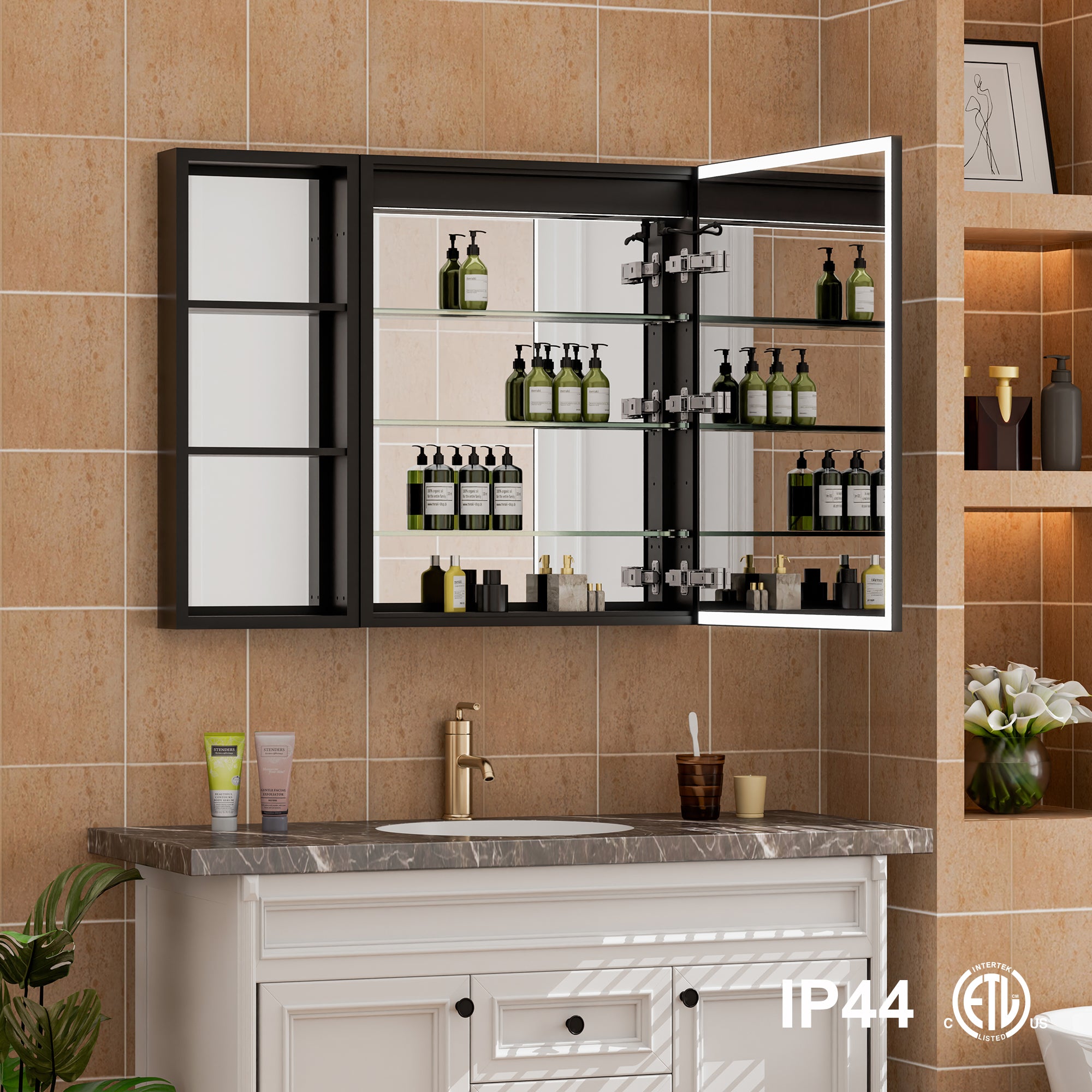
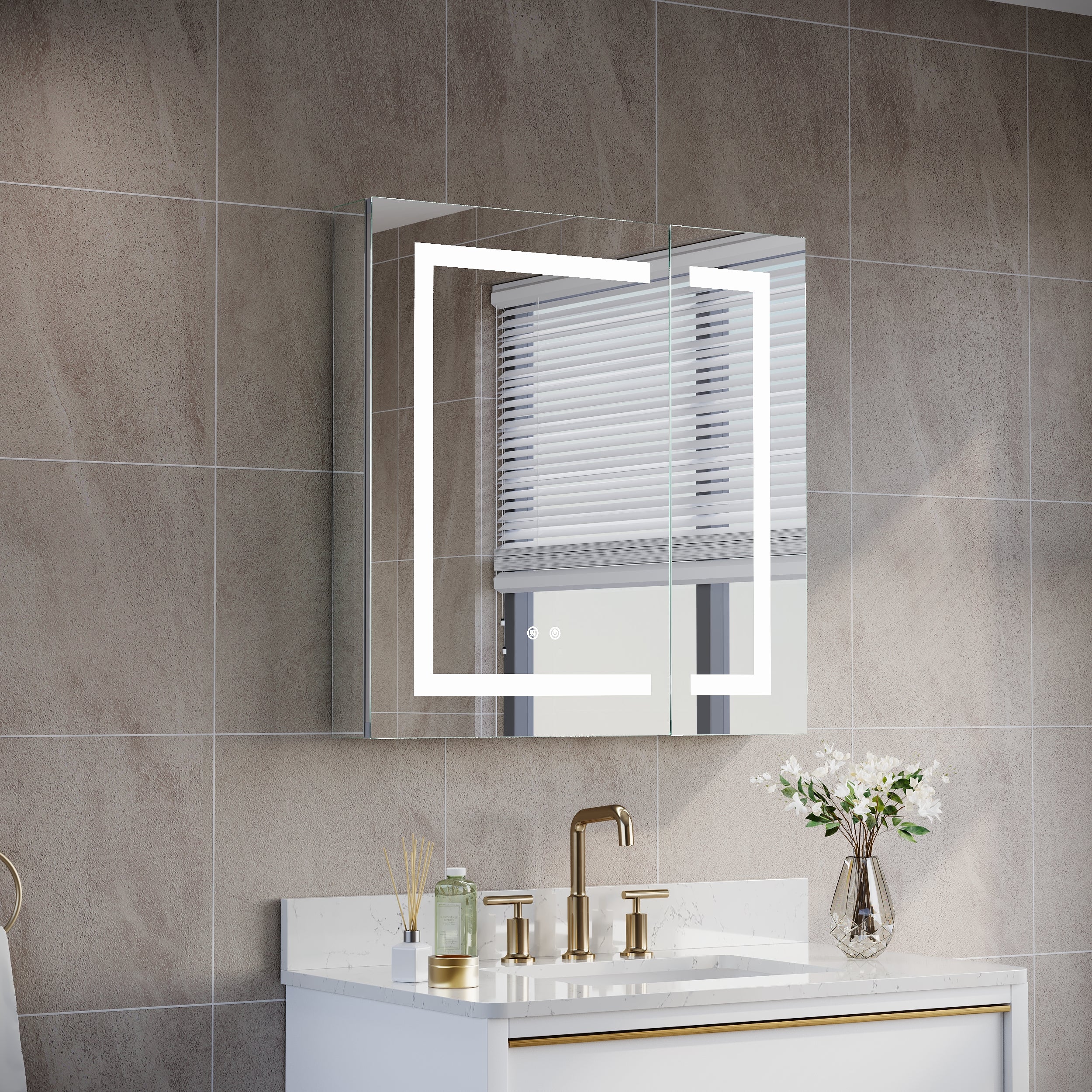
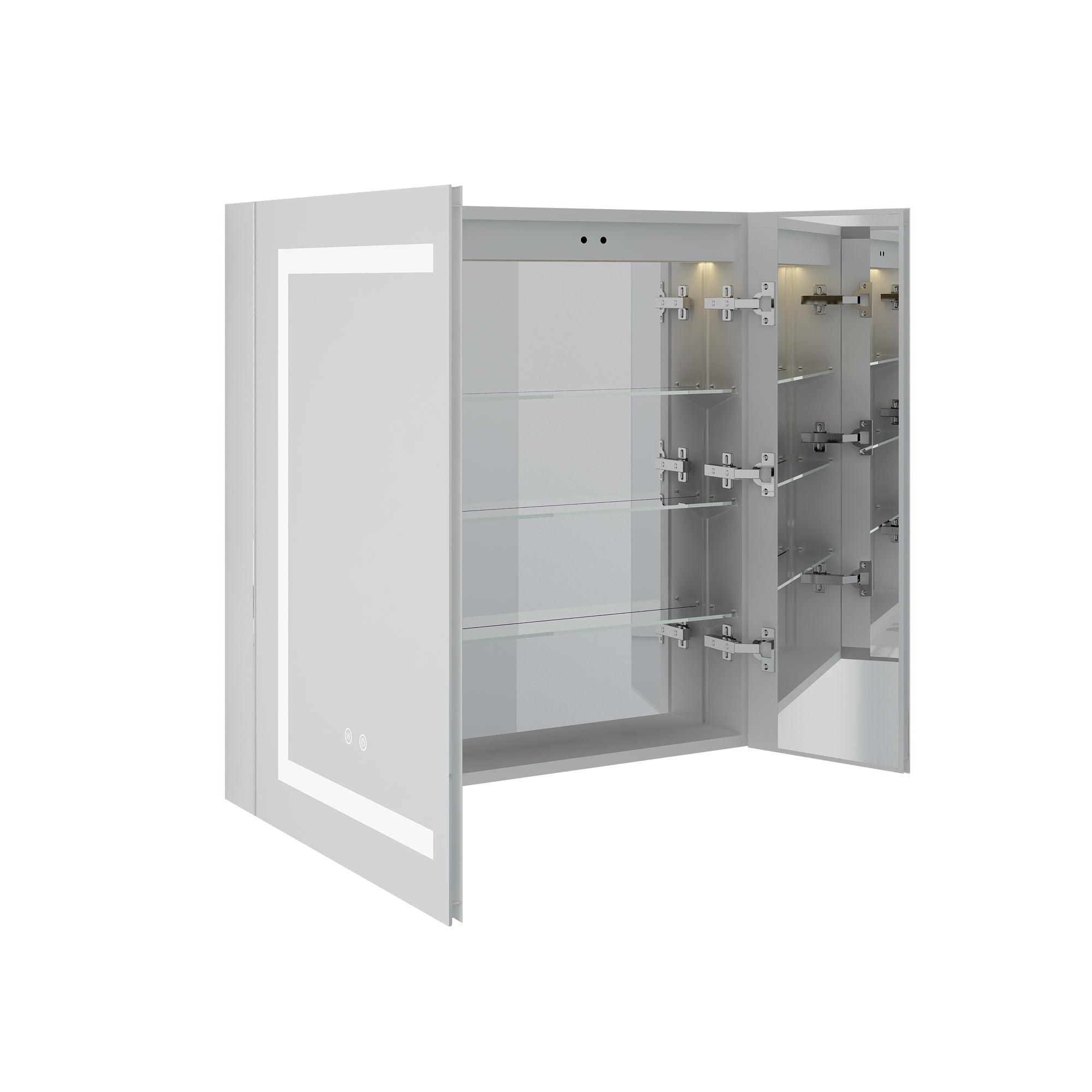
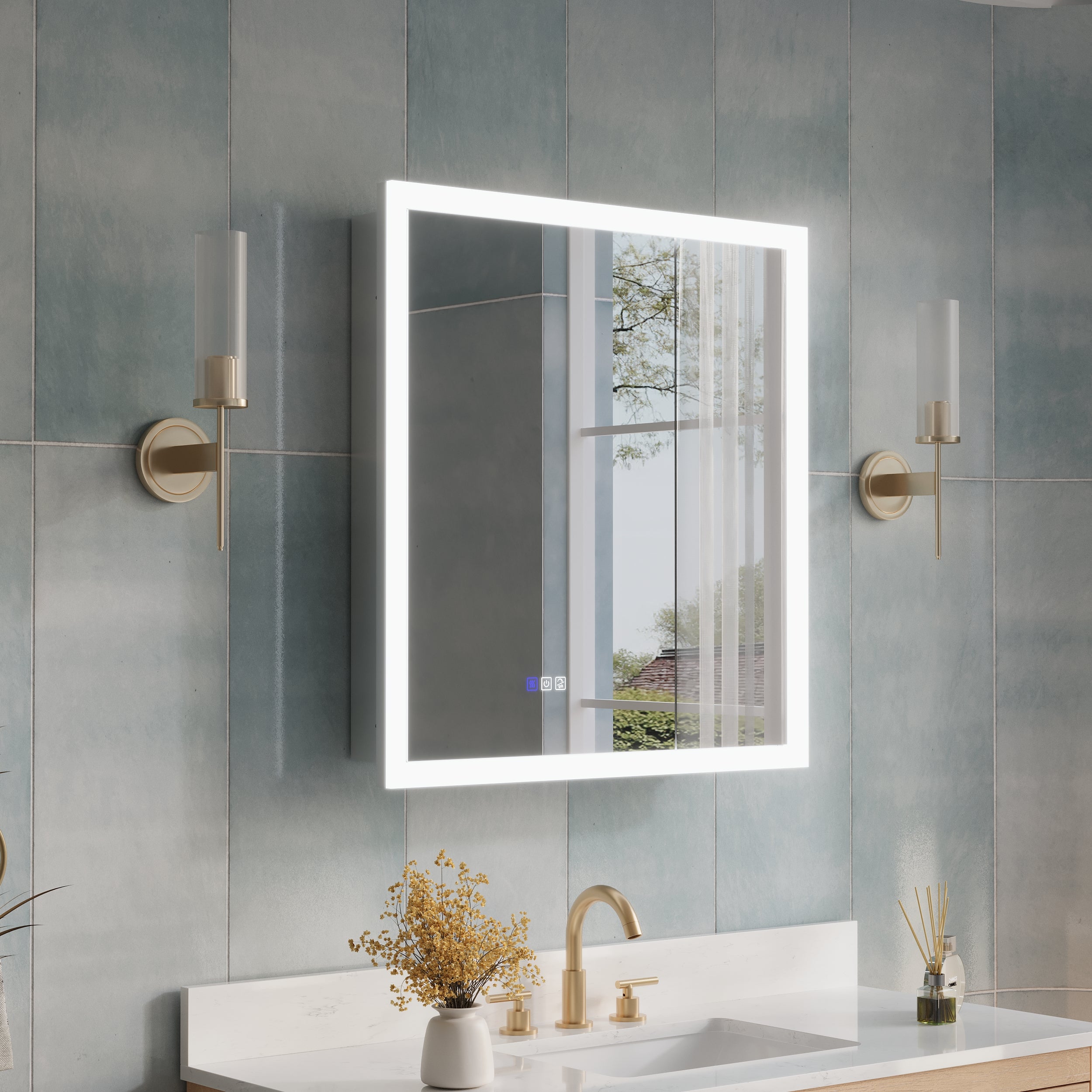
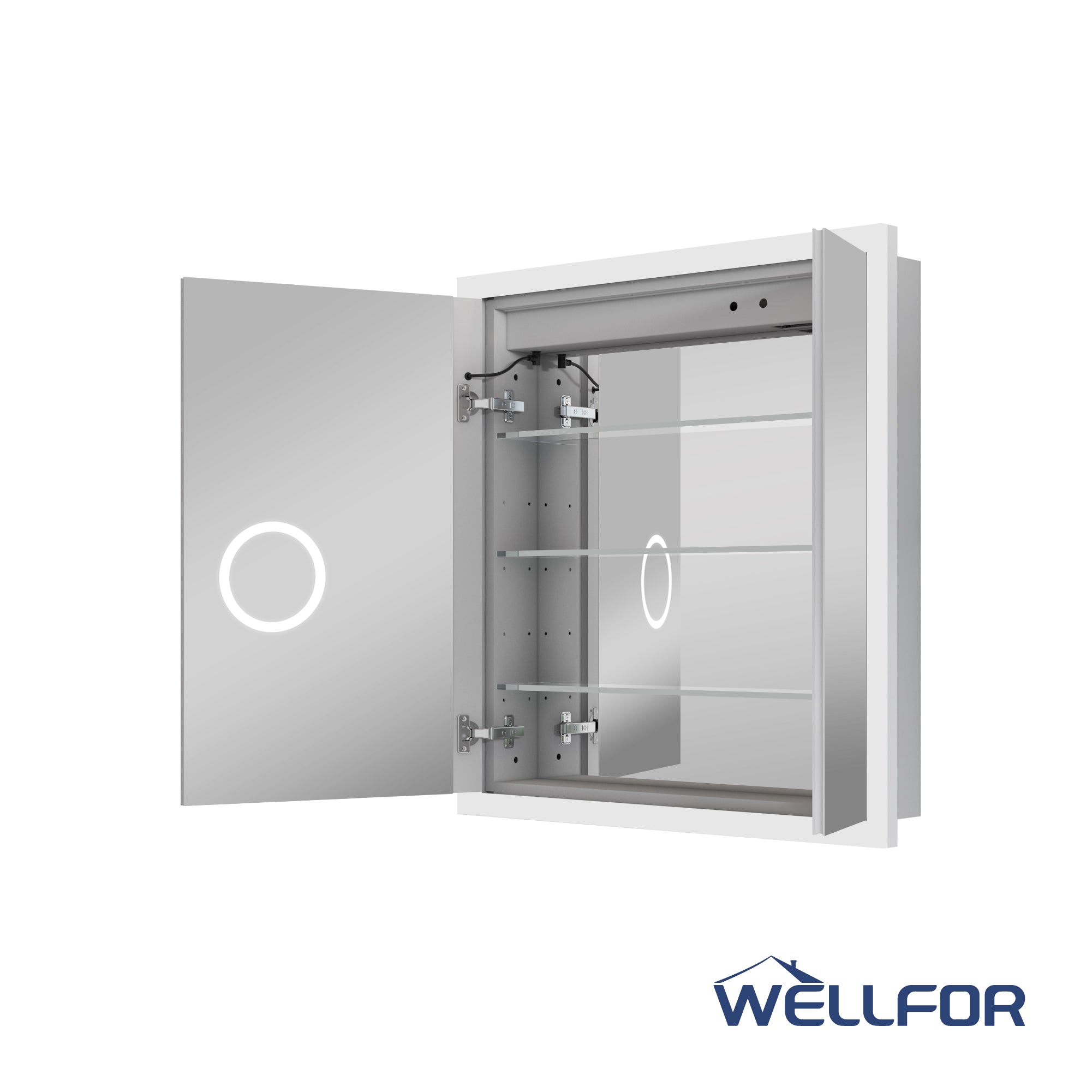
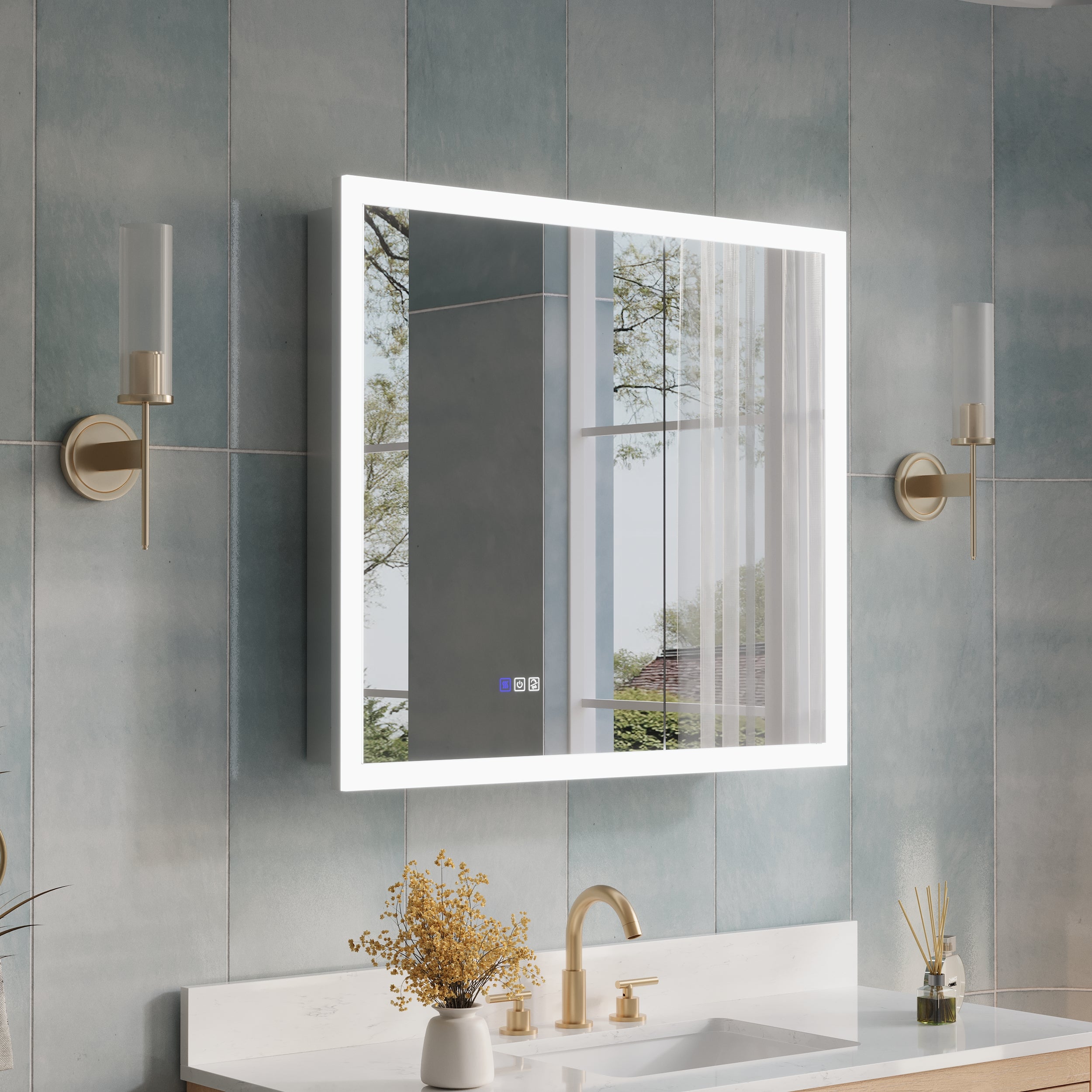

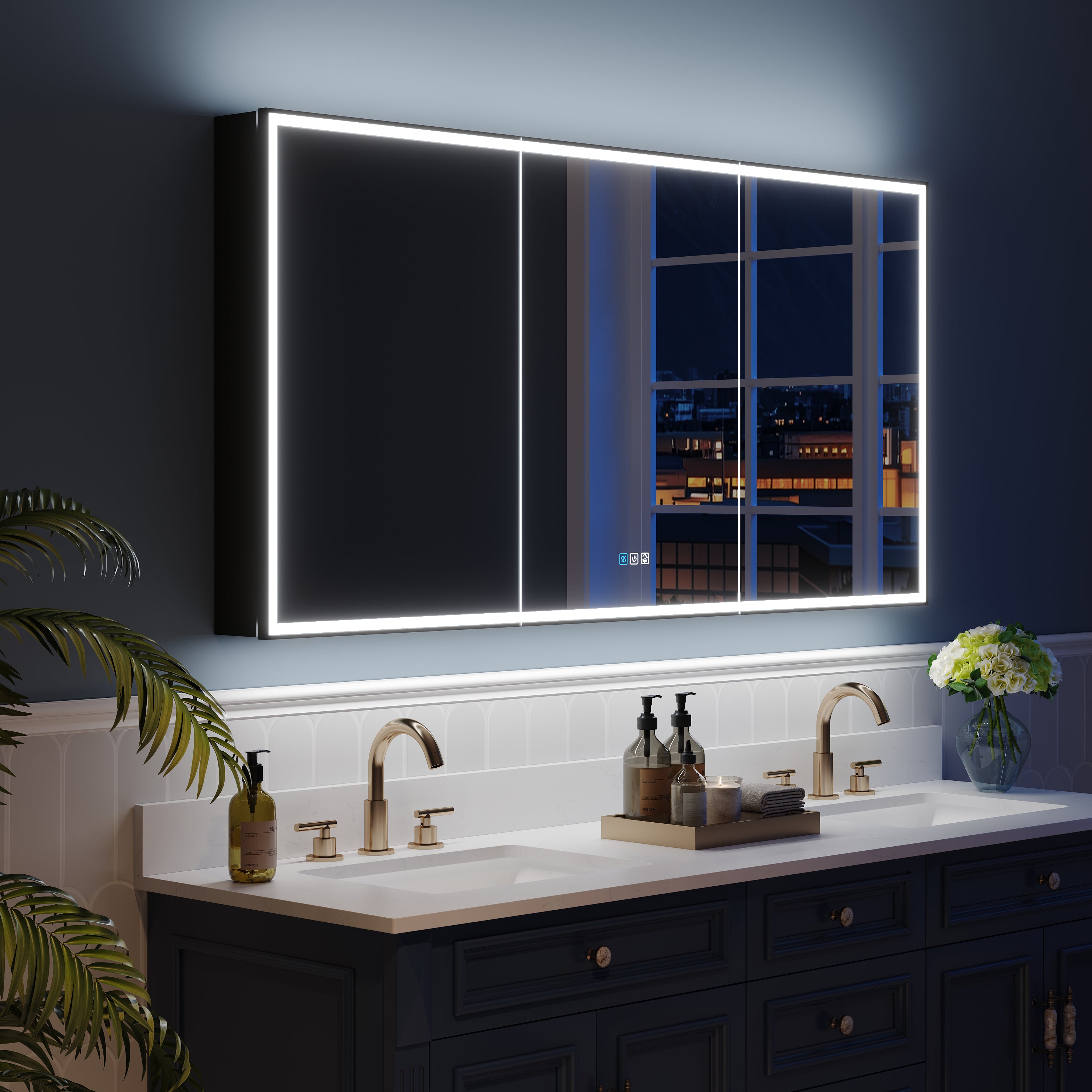
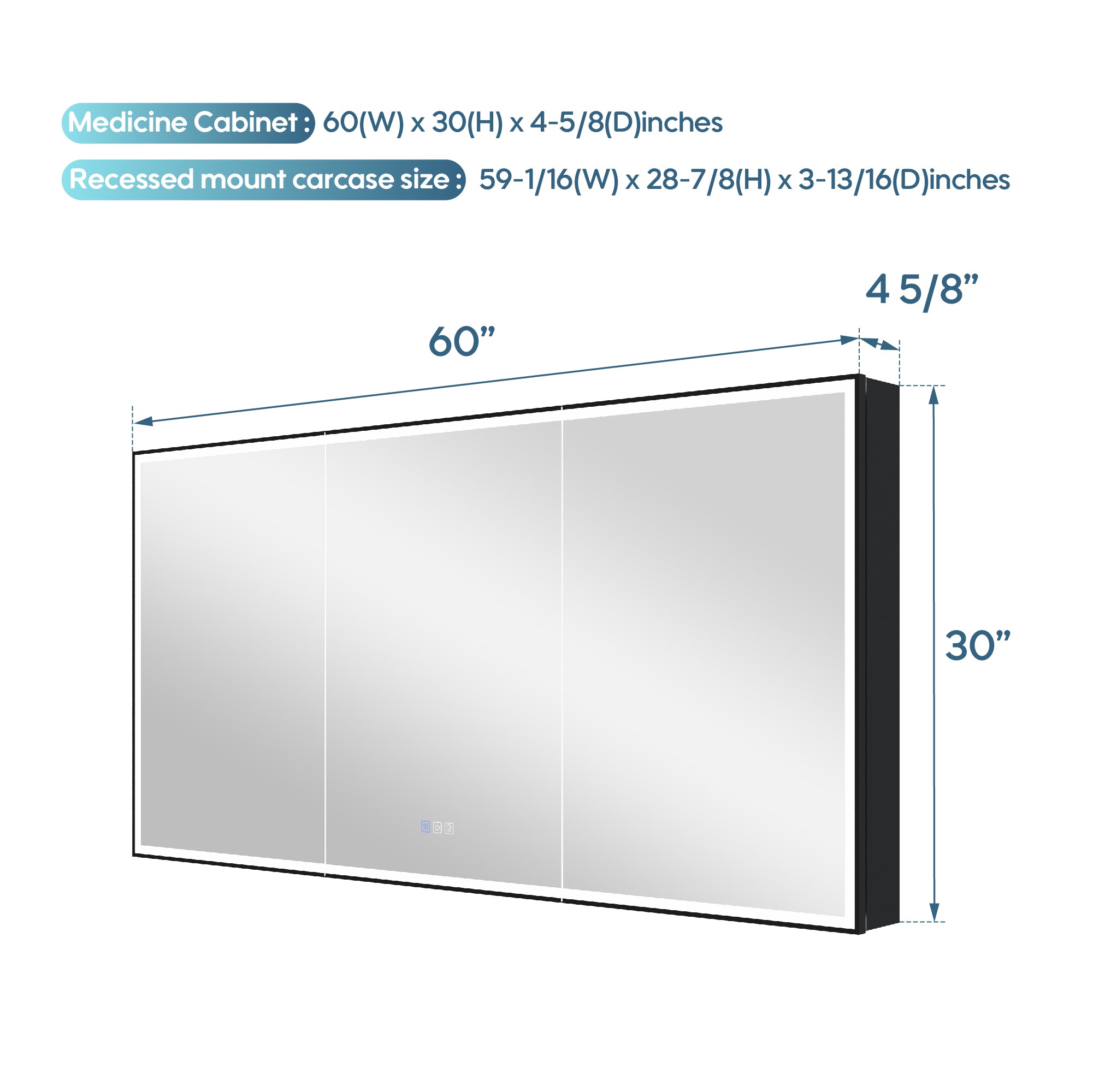
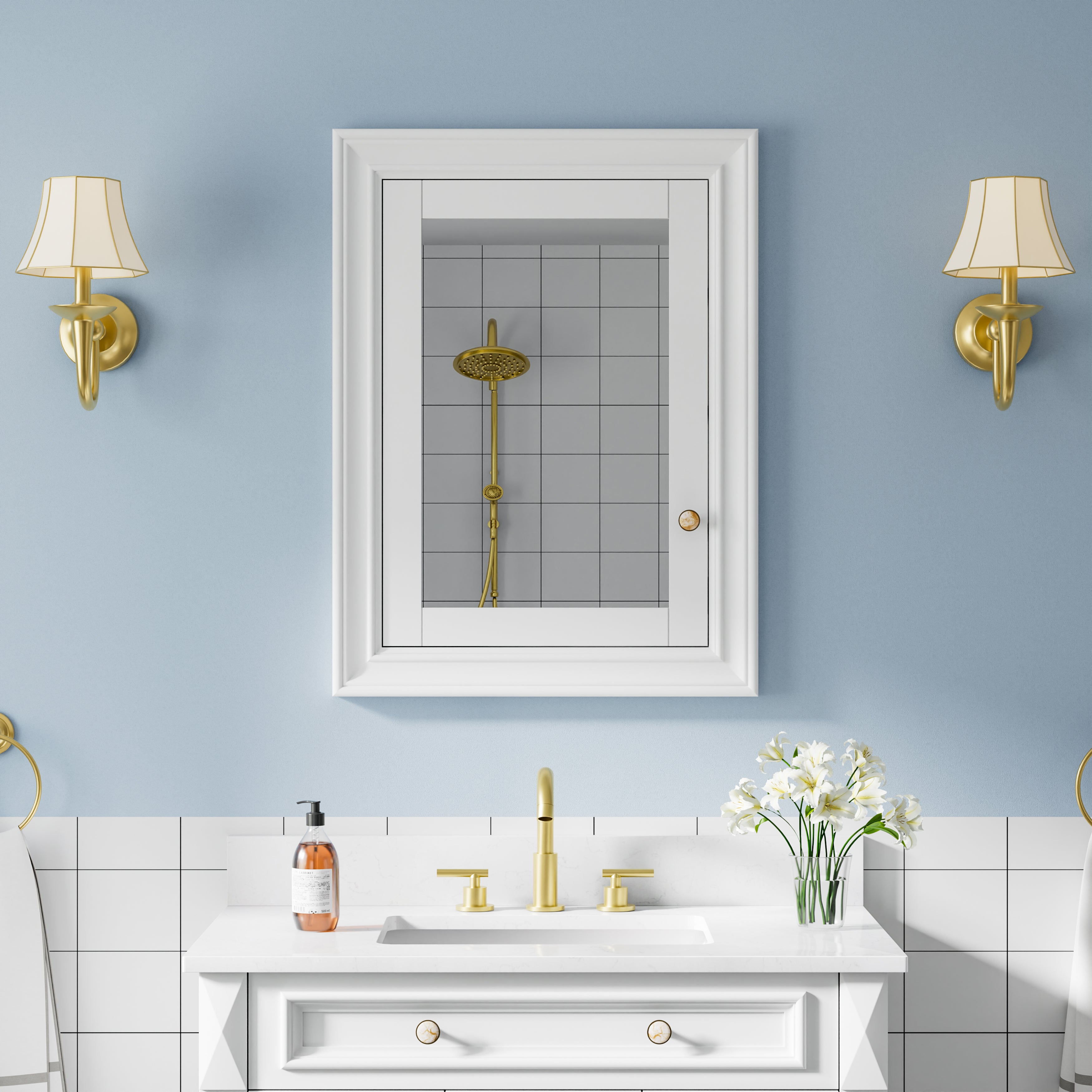


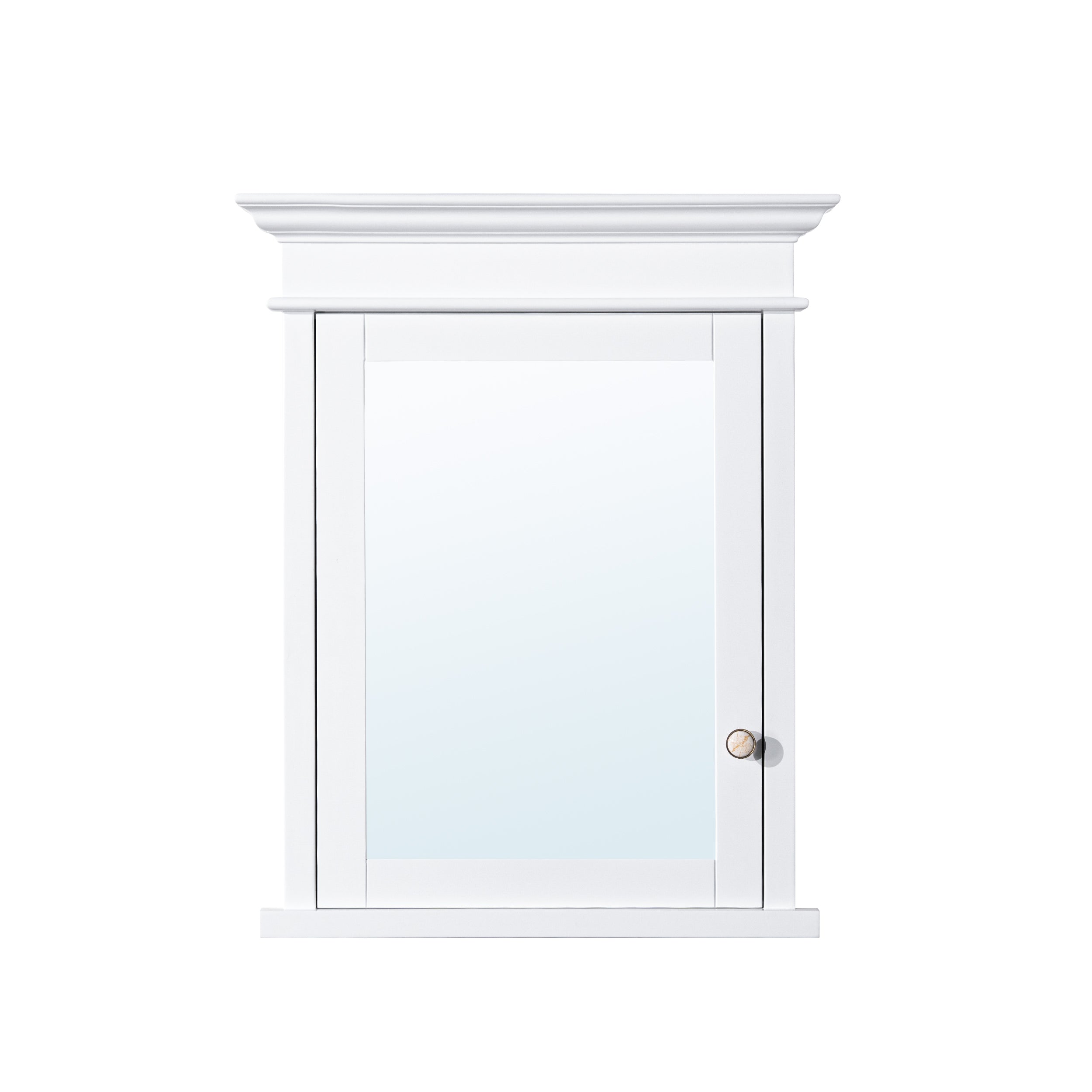

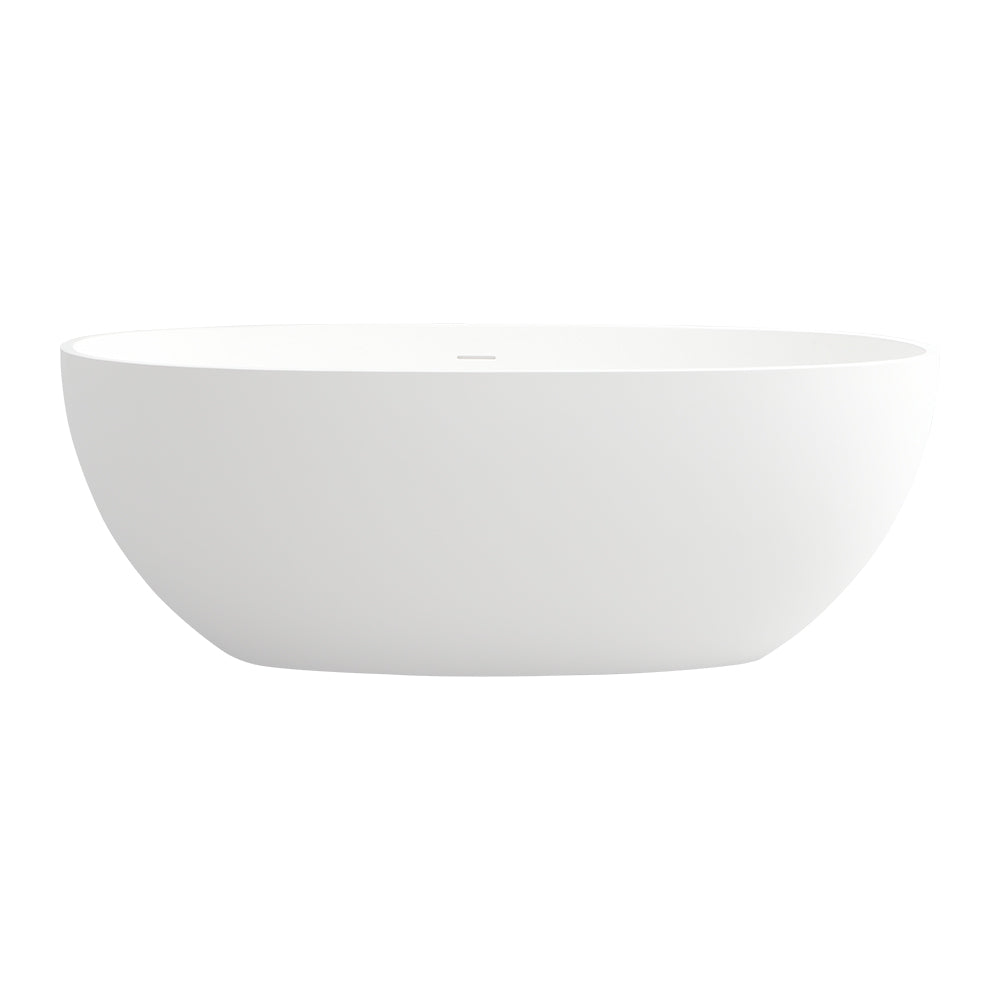


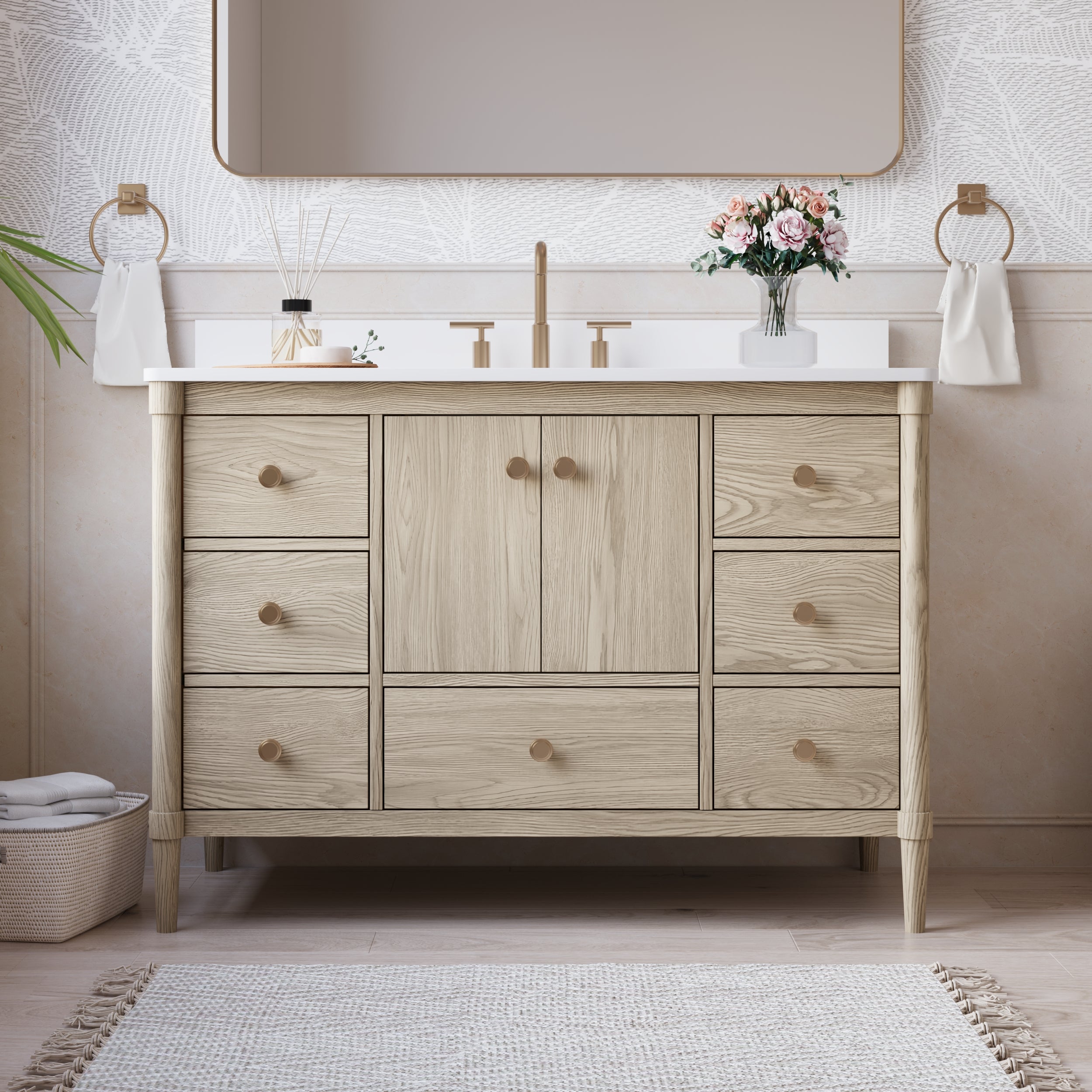
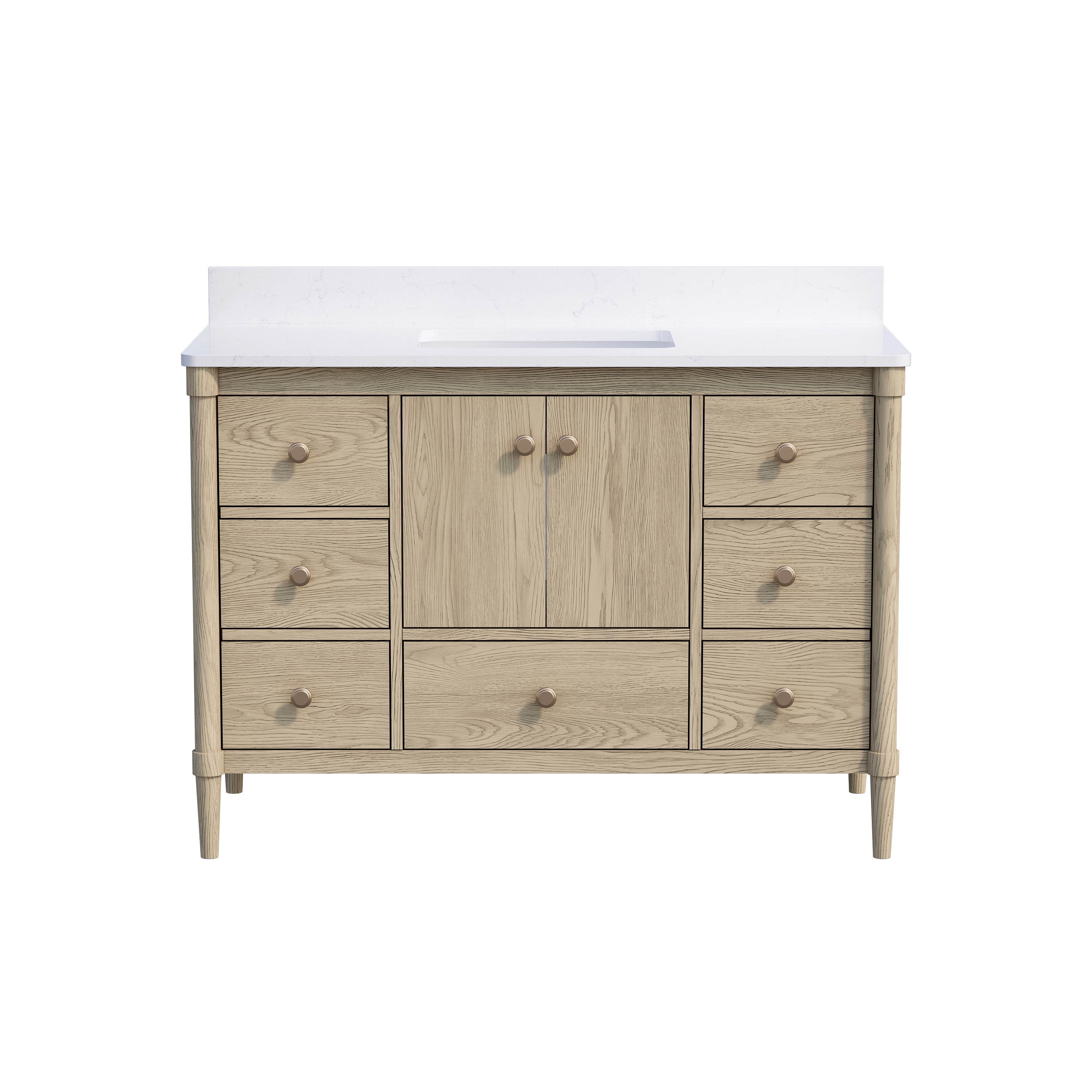
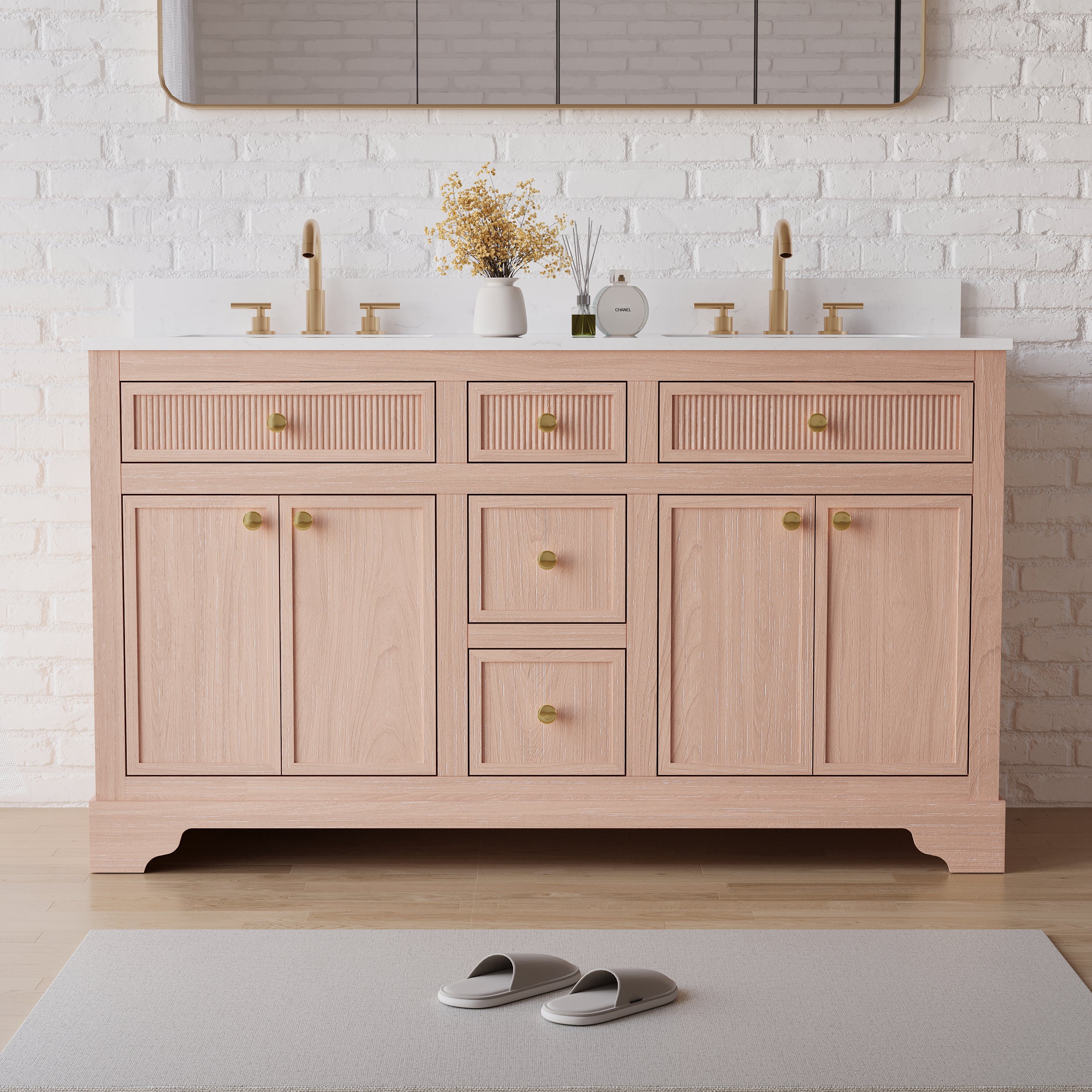



Leave a comment
This site is protected by hCaptcha and the hCaptcha Privacy Policy and Terms of Service apply.